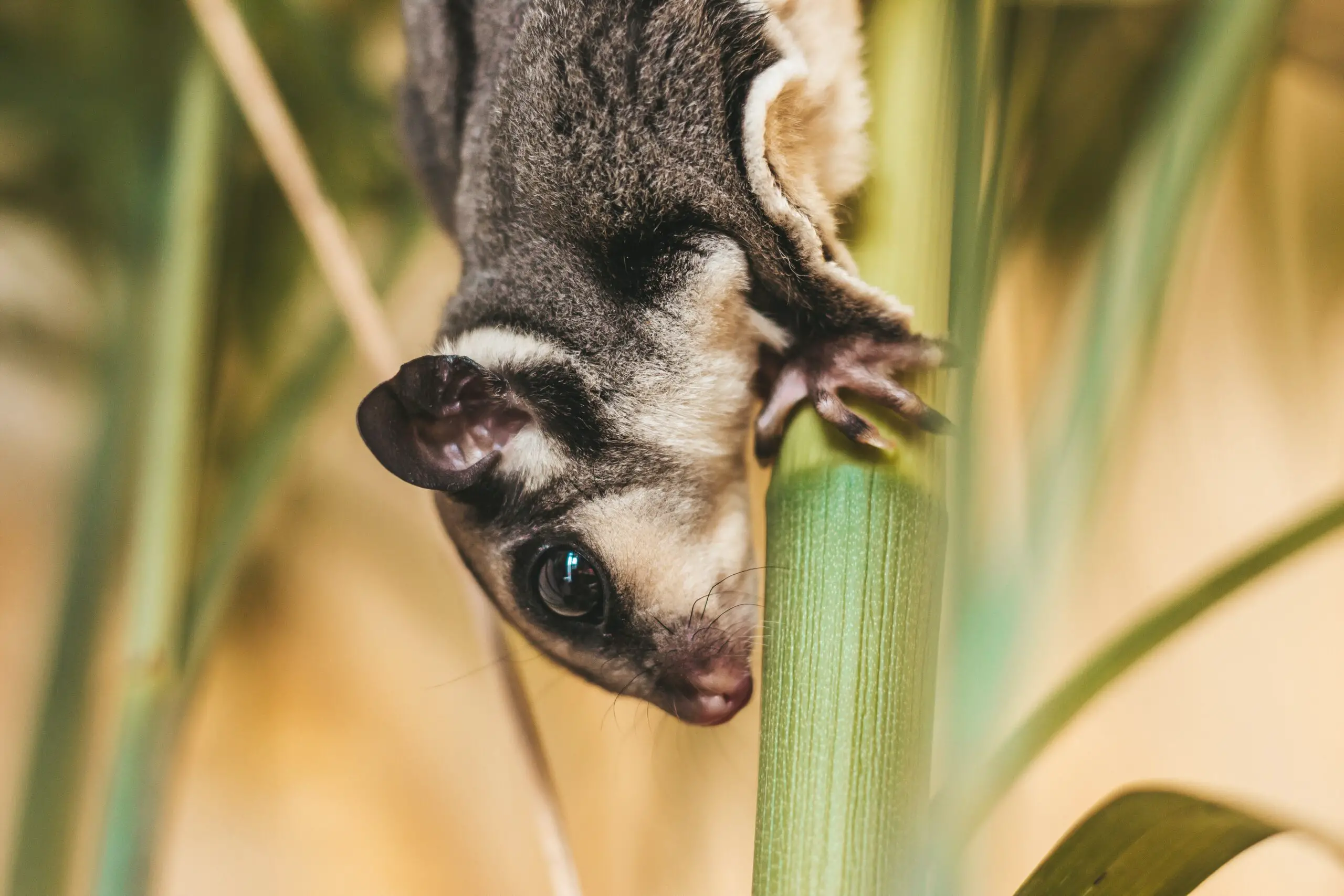Are sugar gliders high maintenance pets? This is a question that many people ask before they decide to get a sugar glider. In this blog post, we will discuss the answer to that question in depth. We will also talk about the care and feeding of sugar gliders, as well as what to do if you encounter problems with your sugar glider. So, are sugar gliders high-maintenance pets? Keep reading to find out.
What sugar gliders are and what do they look like?
Sugar gliders are small, marsupial animals that are native to Australia and Indonesia. They get their name from their love of sweet fruits, and their ability to glide through the air using a flap of skin between their front and back legs.
Sugar gliders are about the size of a squirrel, and have gray fur with white stripes on their backs. They have large eyes and long tails, which they use for balance whilst gliding. Sugar gliders are social animals, and live in groups of up to 10 individuals in the wild. In captivity, they can make great pets if they are properly cared for.
The benefits of owning a sugar glider
Owning a sugar glider can be a very rewarding experience.
These small marsupials are intelligent and inquisitive creatures that form strong bonds with their owners.
Sugar gliders are also relatively low-maintenance pets, and they can be easily litter box trained. In addition, sugar gliders are very sociable animals, and they enjoy spending time with their families.
However, there are also some potential downsides to owning a sugar glider. These animals are nocturnal, so they may keep their owners up at night.
In addition, sugar gliders are very active and require a lot of space to roam. As a result, they may not be the best pets for those who live in small apartments or houses.
Overall, though, the pros of owning a sugar glider far outweigh the cons.
How to take care of a sugar glider
Here are some tips on how to take care of your sugar glider:
– Provide a large cage or aviary for your sugar glider to live in. The cage should be tall enough for them to climb and have plenty of places to hide.
– Make sure the cage is escape-proof as sugar gliders are expert climbers and can squeeze through very small spaces.
– Provide branches, vines, and other toys for your sugar glider to play with and keep them active.
– Feed your sugar glider a diet of bugs, fruits, vegetables, and specially made sugar glider food pellets. Avoid feeding them sugary foods as this can cause health problems.
– Fresh water should be available at all times. You can provide this in a water bottle or dish.
What kind of food to give your sugar glider
If you’re thinking of getting a sugar glider as a pet, it’s important to know what kind of food to give them.
A diet rich in fruits, vegetables, and insects will help to keep your sugar glider healthy and happy. Fruits and vegetables such as apples, blueberries, carrots, and sweet potatoes should make up the majority of their diet.
You can supplement this with live insects such as crickets or mealworms. It’s also important to provide a source of calcium, such as calcium-rich leaves or branches. By following these simple guidelines, you can ensure that your sugar glider has a nutritious diet that meets all of their needs.
How much time per day do you need to spend with your sugar glider?
When keeping sugar gliders as pets, it is important to make sure that they have enough social interaction.
Sugar gliders should have at least 30 minutes of playtime per day, and ideally up to 2 hours. This playtime can be in the form of human interaction, such as petting and playing with them, or it can be in the form of letting them play with other sugar gliders.
Sugar gliders also need plenty of exercise, so providing them with toys and an enclosure that they can explore is important. Lastly, sugar gliders are nocturnal animals and should be left alone to sleep during the day. If you follow these guidelines, your sugar glider will be happy and healthy.
What kinds of toys and activities you can do with your sugar glider
One of the best things you can do for your sugar glider is to provide it with a large cage that has plenty of space to climb and play.
A cage should be at least four feet tall and two feet wide, with a horizontal bar spacing of no more than ½ inch.
In addition to a spacious cage, sugar gliders need a variety of toys to keep them active and engaged. Swings, ladders, ropes, and chew toys are all great options for sugar gliders.
And, because they are social animals, it’s important to provide them with plenty of opportunities to interact with you and other members of your household.
Sugar gliders can be trained to do simple tricks, such as coming when called or climbing onto your finger. They also enjoy being held and cuddled, making them the perfect pet for anyone looking for an affectionate companion.
Conclusion
In conclusion, sugar gliders are not high-maintenance pets. They require very little care and can be easily bonded with their owners. With proper care, they can live up to 15 years in captivity. Sugar gliders are a unique and rewarding pet for those who are willing to put in the time to care for them.




